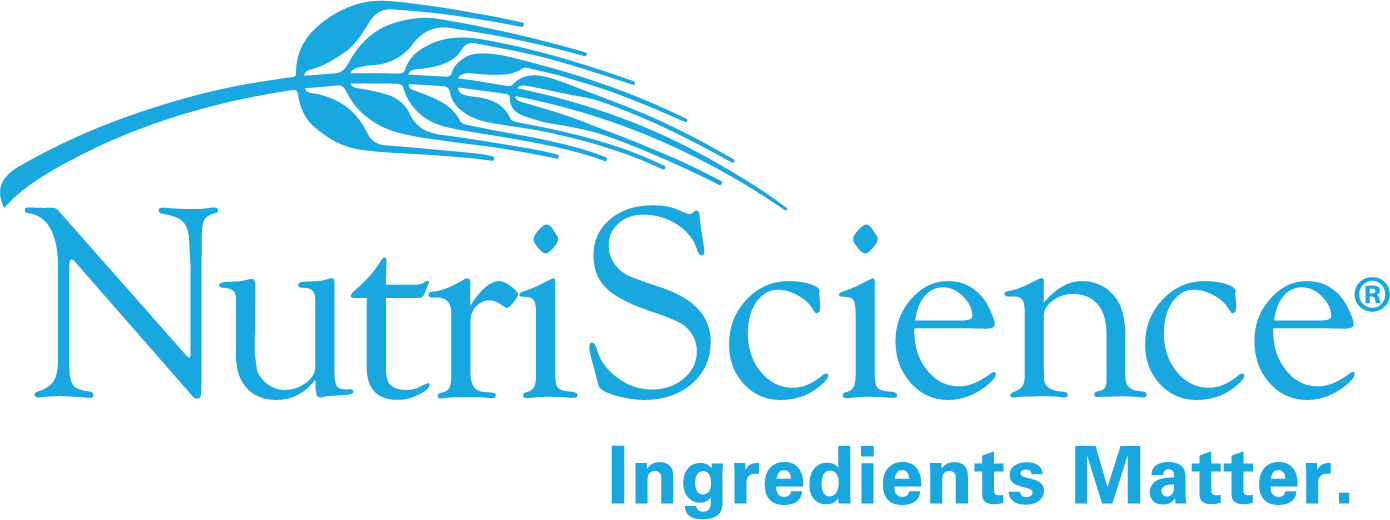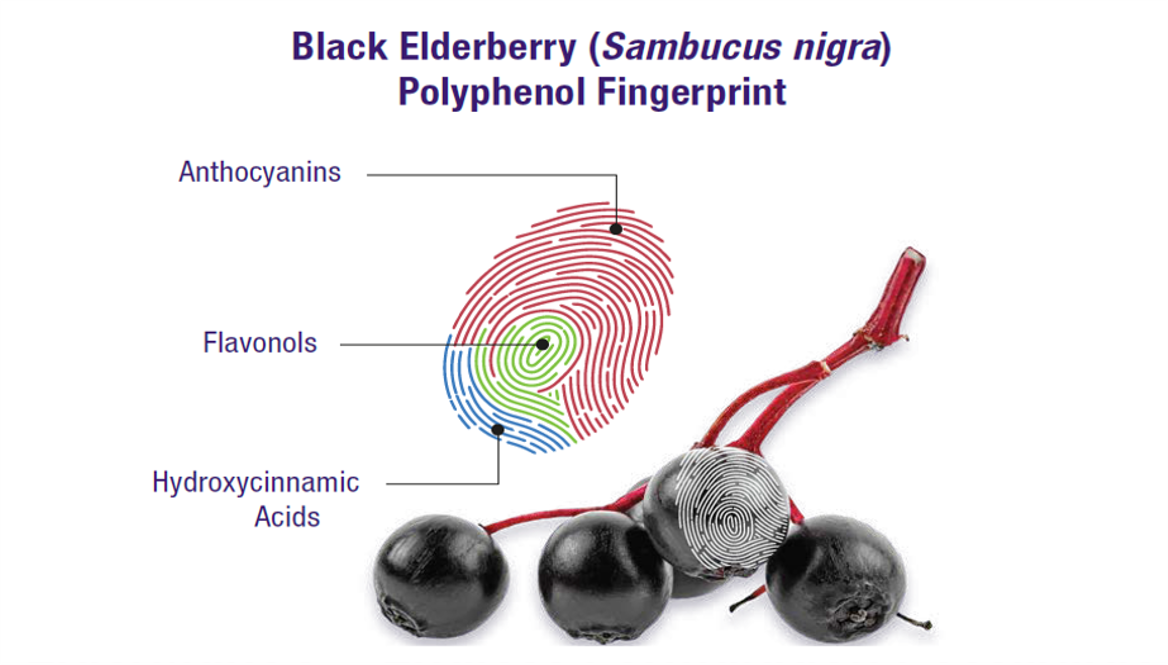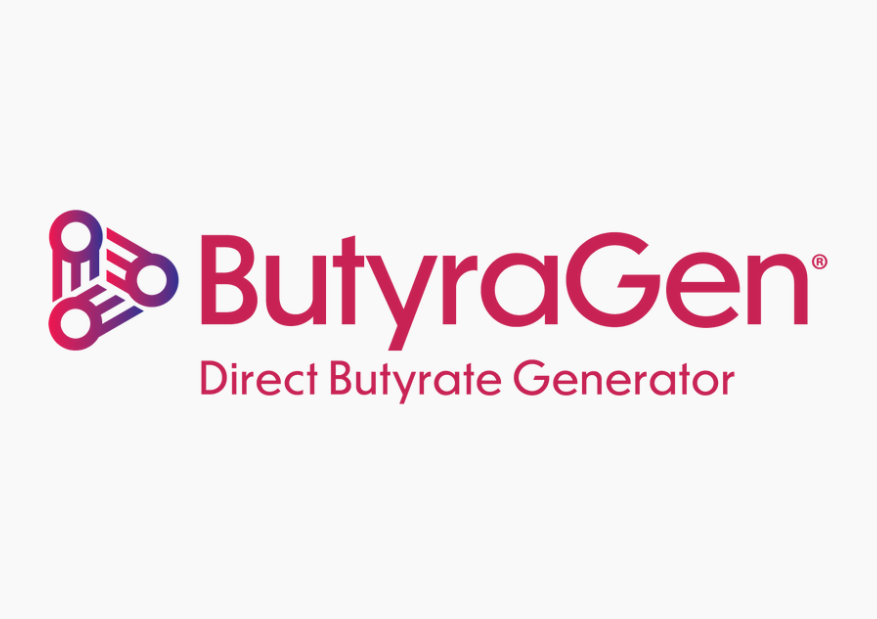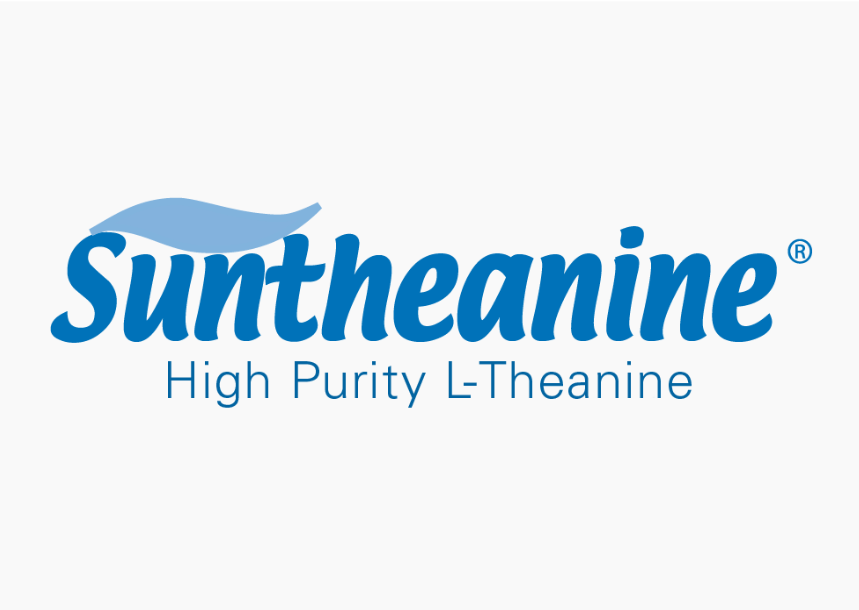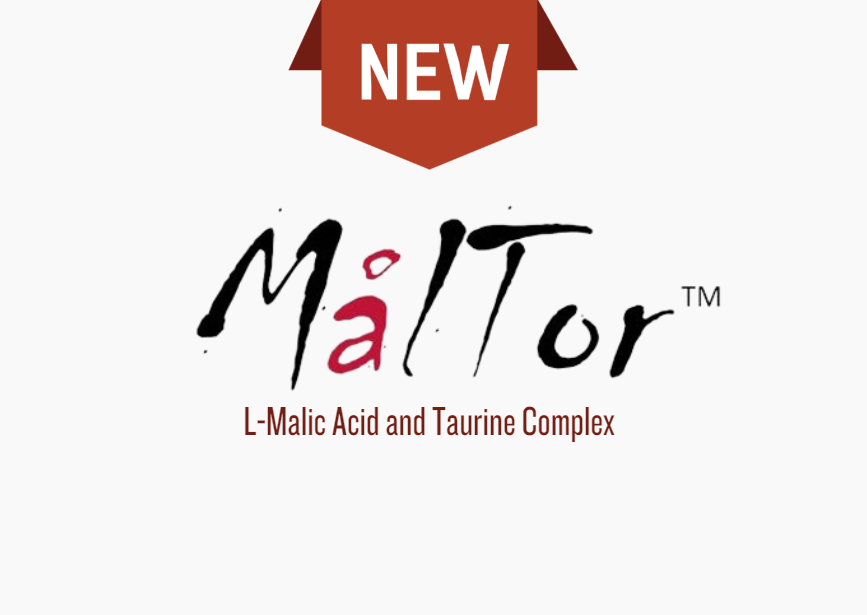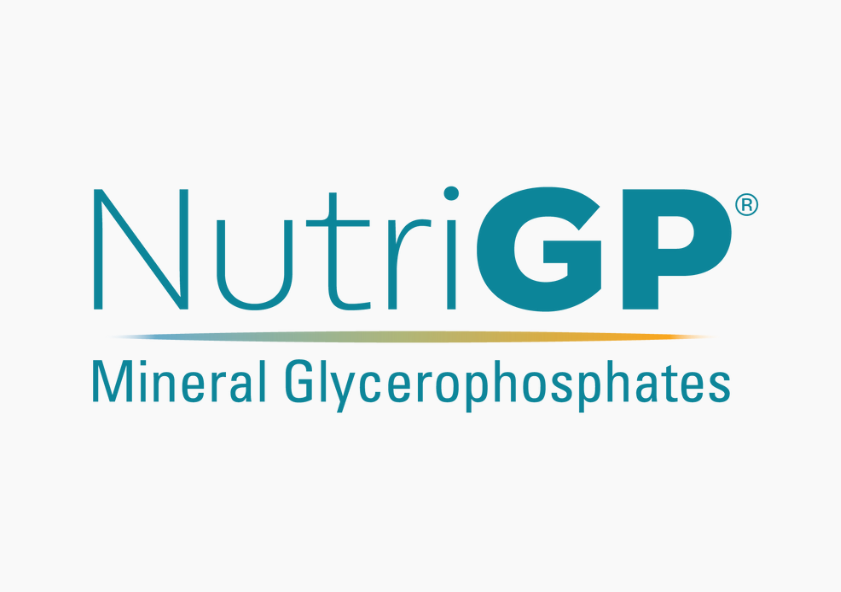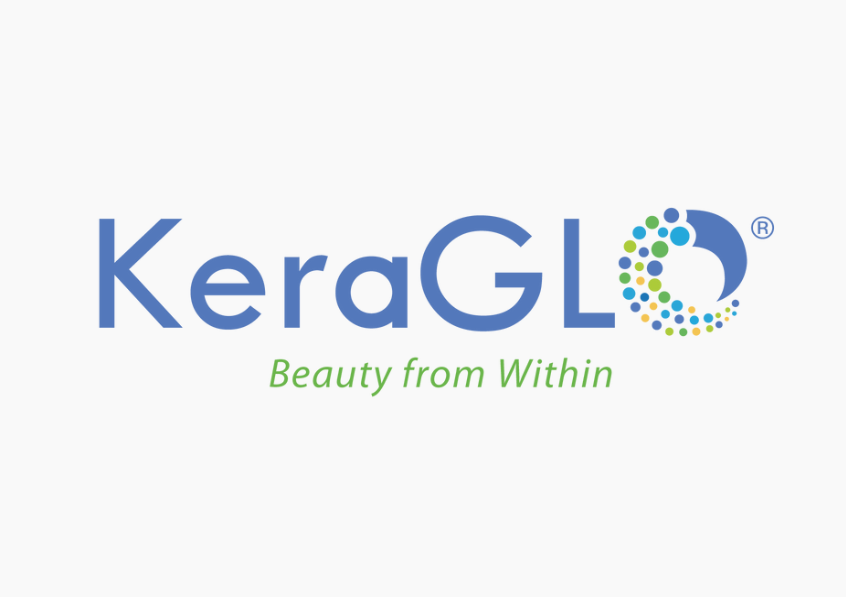There is a limited world supply of elderberry. Grown primarily in Europe – Poland, Hungary, Ukraine and Austria – the Haschberg variety of Sambucus nigra elderberry is the variety with high levels of anthocyanins and polyphenols and is the variety that has been tested in clinical and scientific studies. There is one harvest a year – around July/August. Given these challenges in supply and the great worldwide demand for elderberry products, the presence of adulterated elderberry products in the market is a huge concern.
Elderberry adulteration occurs when other berries or even other plant sources which have high levels of anthocyanins and polyphenols but are much less expensive and more available than elderberry, are intentionally added to the product to increase polyphenol and anthocyanin levels. This leads to a product with the right color and with anthocyanins and polyphenol content, but which does not have the correct types and proportions of anthocyanins.
This adulteration can lead to ridiculously priced products – as low as 10% of the price of real elderberry products. Additionally, as described in the articles, further fraud is being committed by having reputable labs test real elderberries, and then using these lab reports to fraudulently represent the adulterated products. All of this makes for a situation where both brands and consumers are being defrauded by unscrupulous suppliers.
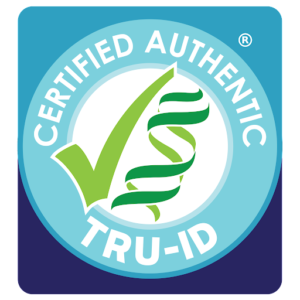
Every lot of ElderMune® is verified to contain true elderberry by elderberry HPLC fingerprinting. The new USP method for anthocyanins is used which requires the identification of the four cyanidin glycosides.
Want to learn more about the Elderberry sourcing and identification verification process for ElderMune®? Enter your email below for a copy of the Technical White Paper.
This form does not exist